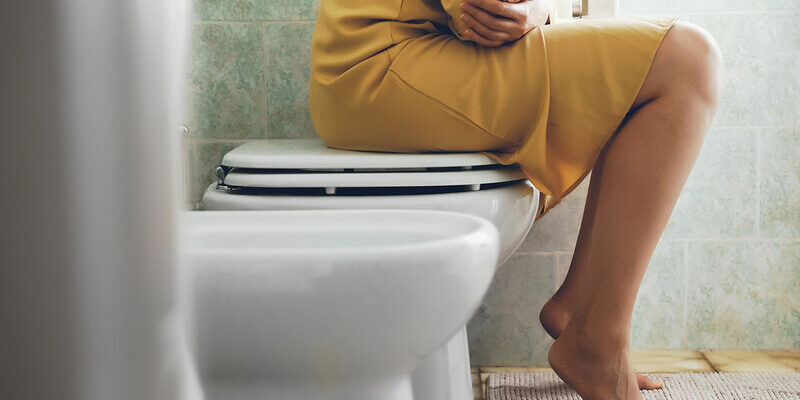By Barbara Broggelwirth, RDN, CDN
Constipation is very common yet people are very unlikely to talk about it. It occurs in about one in five people globally, and accounts for at least 8 million annual visits to healthcare providers in the United States.
What is constipation?
Constipation is generally defined as “a condition in which there is difficulty in emptying the bowels, usually associated with hardened feces” or “a shift from one’s normal routine and frequency”.
Symptoms of constipation:
Constipation is characterized by few or infrequent bowel movements, trouble having a bowel movement, hard or small stools, a sense that everything didn’t come out and belly bloating.
Some common causes of constipation:
Constipation may occur as a secondary to conditions such as diabetes and hypothyroidism, irritable bowel syndrome, Parkinson’s disease, spinal cord disorders, and stroke. Various medications, including antacid medicines that contain calcium or aluminum and opioids for chronic pain, are associated with constipation as well as the overuse of laxatives.
Tips for preventing and relieving constipation
- Fiber:Increased intake of a variety of fibers offers health benefits. Foods such as oats, chia seeds, and beans help soften stool by creating a gel-like consistency and act as a bulking agent to improve stool consistency, decrease transit time, and also feed healthy gut bacteria. Psyllium husk as a fiber supplement has some of the best evidence to support its use.
- Avoid Binding Foods: Bananas, rice, potatoes and pasta are low in fiber, and can bind up stool in the digestive tract.
- Exercise: Studies show that a regular exercise routine, (10-15 minutes once or twice per day) can significantly improve symptoms of constipation.
- Hydration: Aim for 64oz water per day.
- Don’t Ignore the Urge to Go: Ignoring urges to move your bowels can lead to chronic, severe constipation.
- Gentle Non-Stimulant Laxative: Miralax® (polyethylene glycol) works with our body’s natural process to relieve constipation. You must be adequately hydrated to achieve desired results (see hydration above). Avoid stimulant laxatives as our bodies can become dependent on them.
| Type of Laxative (brand examples) | How they work | Side effects |
| Oral Osmotics (Phillip’s Milk of Magnesia, Miralax) | Draw water into the colon to allow easier passage of stool | Bloating, cramping, diarrhea, nausea, gas, increased thirst |
| Benefiber | Absorb water to form soft, bulky stool, promoting normal contraction of intestinal muscles. | Bloating, gas, cramping or increased constipation if not taken with enough water |
| Oral Stool Softeners (Colace, Surfak) | Add moisture to stool to allow strain-free bowel movements | Electrolyte imbalance with prolonged use |
| DO NOT TAKE STIMULANT LAXATIVES (see below) UNLESS DIRECTED BY YOUR DOCTOR AS THEY CAN BECOME HABIT FORMING | ||
| Oral Stimulants (Dulcolax, Senokot) and Rectal suppositories (Dulcolax) | Trigger rhythmic (stimulant) contractions of intestinal muscles to eliminate stool | Belching, cramping, diarrhea, nausea, urine discoloration with senna and cascara derivatives. HABIT FORMING.
|
| Risks of laxative use include interaction with certain medications, complicating conditions and dependency (stimulant laxatives). | ||
References:
1. Constipation. Mayoclinic.org. http://www.mayoclinic.org/diseases-conditions/constipation/symptoms-causes/syc-20354253. Accessed December 20, 2018
2. Scarlata, K. Digestive Wellness: Get Things Moving – A Dietitian’s Guide to Relieving Constipation. Today’s Dietitian. 2016;18(7):10. http://www.todaysdietitian.com/newarchives/0716p10.shtml.
Barbara Broggelwirth is a Registered Dietitian Nutritionist who is currently working with Bariatric and Medical Weight Management patients. She works with patients to help them achieve their health and weight loss goals.
